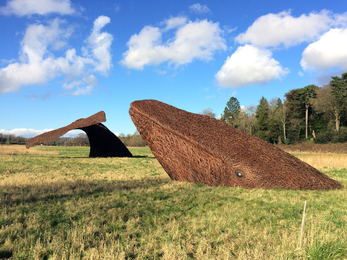We have a solution
The aim for Bristol’s One City Ecological Emergency Strategy is to ensure at least 30% of land in the city is managed for the benefit of wildlife by 2030. This means securing new land to protect wildlife through purchase, gifts and working in partnership. This new land will help to deliver nature’s recovery by creating bigger, better, more joined-up habitats. This is known as a Nature Recovery Network, allowing wildlife to move, feed, breed and thrive freely through our landscape.


